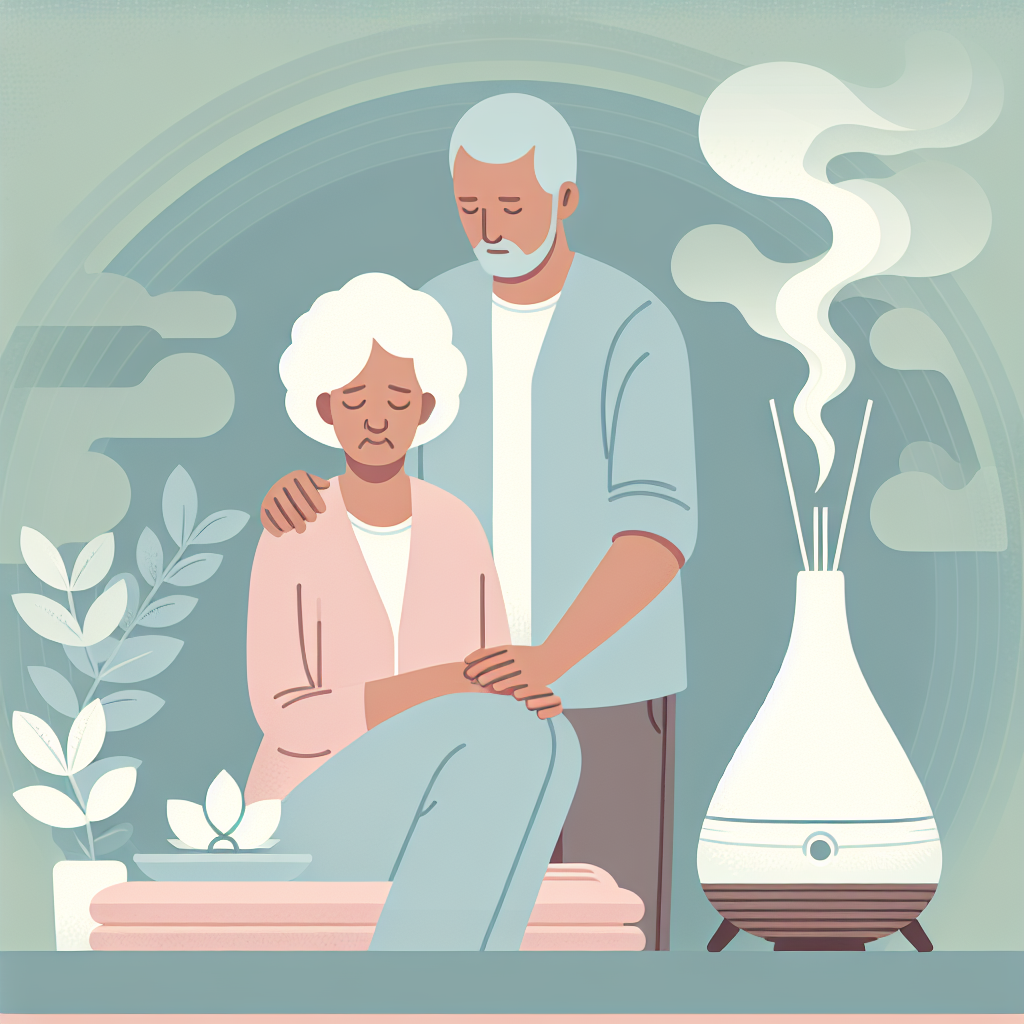Integrating Complementary Therapies in Elderly Care
With an aging population, healthcare systems are continuously seeking ways to improve the quality of life for the elderly. Integrating complementary therapies such as massage, acupuncture, and aromatherapy with traditional elderly care has shown promise in enhancing well-being and managing symptoms associated with aging.
Benefits of Complementary Therapies
Studies suggest that massage, acupuncture, and aromatherapy can help alleviate pain, reduce stress, and improve sleep patterns. Incorporating these practices can be a holistic approach to care. For instance, engaging in mobility exercises while incorporating acupuncture may improve joint flexibility and reduce discomfort.
Addressing emotional well-being is crucial, and complementary therapies can be instrumental in addressing loneliness in the elderly. Therapeutic relationships formed during sessions such as aromatherapy can provide comfort and a sense of companionship.
Incorporating these therapies into elderly hygiene care routines can turn mundane tasks into calming experiences, while with end-of-life care, such interventions can provide solace and improve quality of life.
However, it is essential to consider each individual’s needs and preferences when integrating complementary therapies, and professional guidance is important for medication management to avoid any potential interactions.
Sources: Hammick, M. and Griffiths, J. 2021. Therapeutic Interventions for Aging Populations. Global Journal of Health Science.
